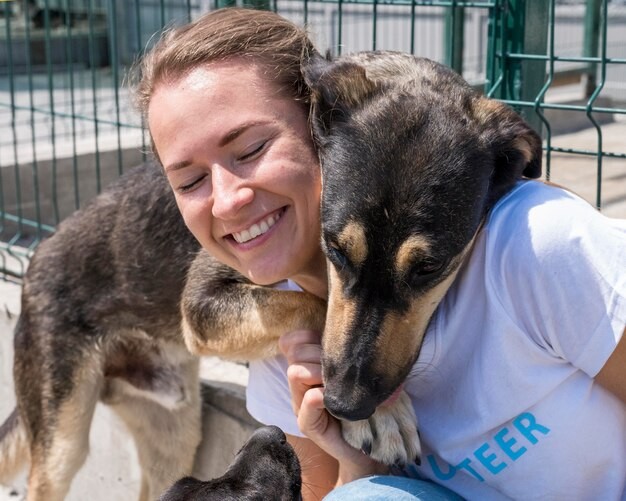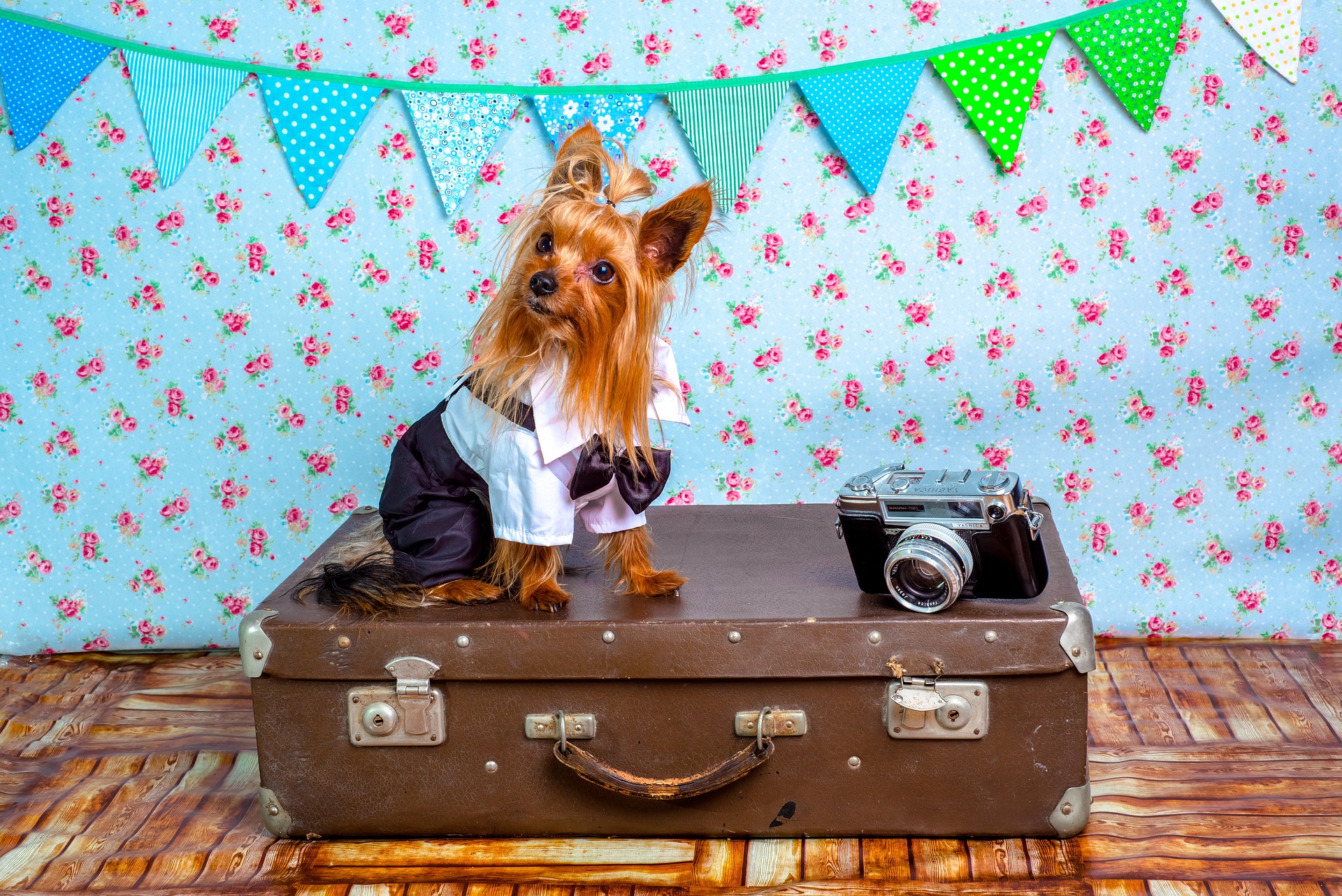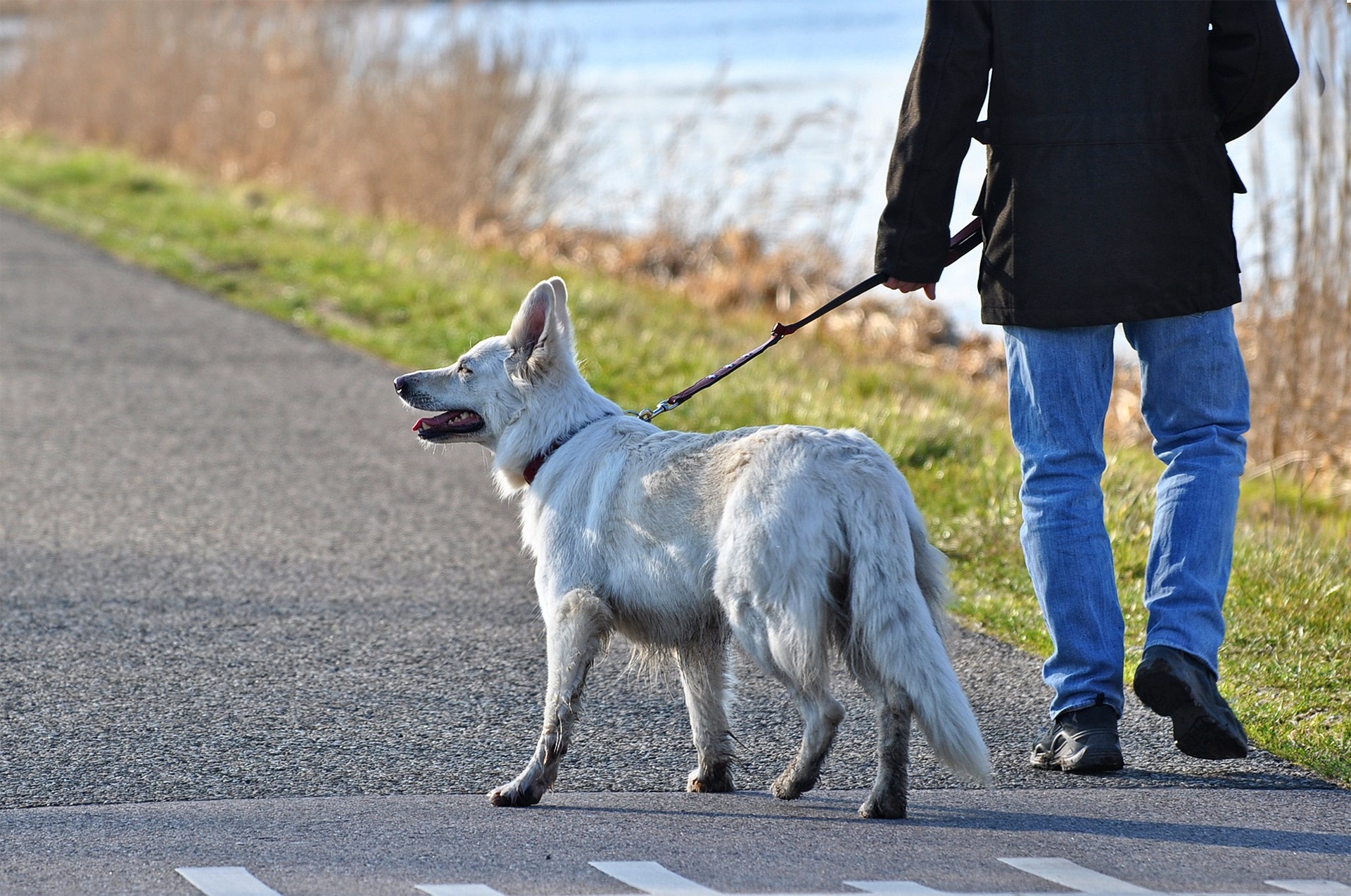Introducing a new dog to your family is a very exciting time. However; if you already have a dog at home this time should be filled with equal parts excitement and concern. There is a lot that can go wrong in the first few meetings between your new and resident pet. And first impressions matter. Here are some tips and tricks to help ensure the new housemates get off on the right paw.
1. Allow Dogs to Get to Know Each Other At a Neutral Site
Just bringing a rescue dog into a home that already has an established dog is a recipe for disaster. Neither dog will understand why the other is there and tensions can fly. Before you bring your new dog home it is a good idea to set up a play date at a neutral site to allow the dogs to get to know each other. It is important that the site is neutral, like a park, to avoid the territorial tensions that could arise at home.
Give them a chance to introduce themselves and maybe play a little keeping in mind whether or not they can become pet siblings.
2. Give the New Pet a Sneak Peak of their New Home
Once the two pups have gotten to know each other a little now it’s time to allow your new pet to get to know their new home. Have your spouse/friend/roommate take your resident dog out for some exercise while you introduce your new dog to your house.
It is important that your resident dog is not home during this initial process. They may be upset to see another dog sniffing around in their territory. Your new dog may also feel a little intimidated in the home if they are being watched by another dog.
The goal in this process is to safely and comfortably allow your new dog to get the lay of the land without any distractions.
3. Bring the Dogs Together At Home
Once you feel they have tolerated each other well at a neutral site and your new addition has had a little while to explore their new home, the next step is to bring home a rescue dog with your existing pup at home. This should be done with caution. Remove all food, treats, toys or anything that could be a cause of jealousy. Have each of the dogs on a leash held by a person they trust.
Watch them as they interact with one another. Sometimes this is a very simple process and they take to one another right away; other times it can take longer. Don’t rush the process. As they get acclimated you can try removing the leash.
The big focus here should be slow and steady. This process may need to be spread out over the course of a few days.
4. Additional Considerations for a Smooth Transition
Even after it seems the initial meetings have gone well the pups may still need some time to bond and adjust to the new dynamic. Here are some additional considerations to keep in mind during the first few months of introducing a new dog into your home:
- Avoid placing them in tight spaces with one another. (Such as a car or small room)
- Give them each a separate space to retreat to and make them their own.
- Be cautious of bones or chew toys they may fight over.
- Keep your resident dog’s standard routine.
- Feed them near one another but with their own food bowls.
- Keep them separated when you aren’t home to supervise them.
- Make one-on-one time to bond with each pet.
5. Consider the Age and Backstory of your Pets
The age of your new pet can play a large role in how you introduce them to other pets. If your new pet is a puppy it is important to understand that they are very high energy. Also puppies do not pick up on social cues quickly. Be sure to remove the rambunctious pup if they are starting to annoy your resident dog and provide plenty of opportunity to expel their energy in a healthy fashion.
If you are adopting a mature dog keep in mind their age as well. Mature dogs can be set in their ways. (Sometimes this even means not being able to get along with other dogs.)Try to find out about their established schedule, keep to that as much as possible. Also be aware that they may not be as playful or even as tolerant of play as younger dogs; so if your resident dog is younger or high energy watch for signs of tension during play.
Bringing home a rescue dog is an amazing thing to do. But comes with it’s own set of challenges. It is important to find out what you can about their past and their behavior. If they were mistreated, consider potential triggers and eliminate them as much as possible. Always consider whether or not the new pet will be a good addition to your family. Your responsibility is first and foremost to your resident pet.
Conclusion
A home with more happy dogs is always a happy home. Dogs are such welcoming, loving and fun pets to own. However; not all dogs are meant to have doggie siblings. Be aware of both your resident pet and your potential new pet’s personality when considering bringing them together. Take time when introducing a new dog and eliminate tension points as much as possible. It may seem like a daunting endeavor when bringing home a rescue dog into an established home. But if done correctly both you and your resident dog will soon be enjoying a life-long friend.


